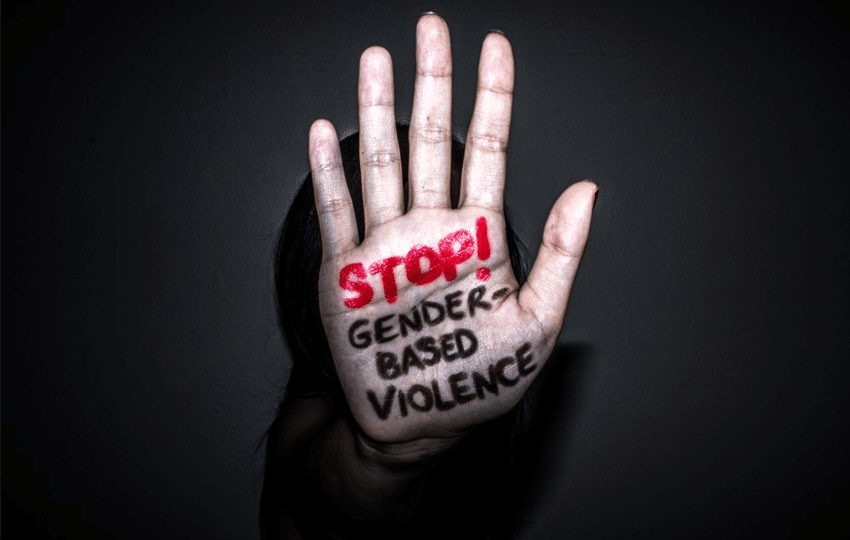Part 2
What is Violence?
Violence is a learnt behaviour, copied from one generation to the next, appearing as the norm, the acceptable practice….. that never solves anything. It is said that hurt people hurt people.
Are Physical and Sexual the Only Forms of Violence?
Violence does not only come packaged as a physical or sexual violation. People often ask, “So do you refer to non-violent communication? Speaking isn’t an act of violence.” Speaking may very well be violent, by including verbal, emotional and psychological abuse, which may be in the many forms of:
- name-calling,
- blame,
- swearing,
- judgement,
- humiliation,
- threats,
- isolation,
- restriction of freedoms, as well as
- close monitoring and jealous accusations.
Silence is Not Always Golden
So often the abuse is from an intimate partner at home, the place where we are meant to feel safe, get comfort and unconditional love. Yet, this is the place where life-long damage can be done to self-esteem and trust. Silence is a passive-aggressive form of violence, by refusing to speak to a partner for days or weeks on end, leaving your partner feeling alienated and helpless.
Gender Inequality
These practices of violence often accompany or lead up to sexual and physical harm, too often resulting in the death of intimate partners. This can be based on a false belief that has been passed down through the generations of some societies. E.g. men have an entitlement, holds all the power, must be respected and have all his needs and wants fulfilled, even if it is through demand, domination and abuse. This false belief is underpinned by gender inequality, believing that women are there to satisfy a man’s needs, but ignores the needs, feelings and rights of herself.
I once asked a man if he loves his partner and when he replied that he does, I asked why. His answer was that she washed his clothes and cooked for him!
Acts of violence against males are highly under-reported, due to the male partners’ fear of social judgement of not being macho enough to stand up to their female partners. Many women are aggressive in themselves, using various forms of violence to dominate their male partners. Some of the instances, however, which are termed “gender-symmetry”, are the obvious retaliation of one partner’s violence on the other. Society in general, though, does not deem violence on men as serious as violence against women.
As mothers and fathers, sisters and brothers, our responsibility is to teach the “sons and daughters of our communities” that that is no longer how society works. Our women are now exposed to first world behaviour and values, and no longer just accept abuse and chauvinistic behaviour as they saw their mothers do.
How Can Non-Violent Communication Assist With Such Violence?
Non-violent Communication recognizes that every action that is undertaken is motivated by a feeling, which points to human needs – which are either met or unmet. The conflict does not come from the need itself, but the strategy used to meet those needs. Using the strategy of violence to perpetuate dominance must be made known to be unacceptable in any and every culture.
The difference between the cause of our anger and the trigger, also need to be separated.
- The trigger is the event,
- but the cause goes much deeper, as it is a memory of a previous wounding. How often do we hear that “S/he makes me so angry.”
It is not about what s/he did, but about the feelings that arise due to that event.
The event is a trigger which causes one to remember an unmet need with a deep history. What people do is never a cause of how we feel.
The Founder of NVC
Rosenberg, the founder of Non-Violent Communication (NVC) said: “Any act of violence is a tragic expression of unmet needs.”
So it is the appropriate communication of those unmet needs that we must teach our communities, by using the NVC model of:
- Taking responsibility for one’s actions and choices.
- Having self-compassion and connecting with one’s own needs- which is the most direct path to peace.
- It’s about wanting to change for the good of all, to respect human rights, human life and the feelings and needs of others.
- It means change within oneself, between ourselves and others; and within groups in social systems.
Rosenberg realized that: individual mental health depends on the social structure of a community. That’s where social media can be used to re-educate our communities. His ultimate aim was to develop a compassionate connection between others, with relationships based on restorative partnerships & mutual respect, rather than violent relationships based on punishment, fear, and domination.
Some of Rosenberg’s books on domestic violence include:
- “Connecting across differences.”
- “Getting past the pain between us.”
- “We can work it out.”
- “NVC, a language of life.” He teaches us how to change our old patterns of defensiveness and aggression, to compassion and empathy, learning to walk in another person’s shoes.
Making NVC a Way of Life
Non-violence does not refer to the mere absence of physical harm but is a way of life that takes its lead from a compassionate and connected heart.
NVC does not believe in punishment or reward, right or wrong. It is rather about getting in touch with what is real right now for each one of us and finding a suitable way of dealing with one another’s needs in a mutually satisfying win-win solution.
Rosenberg said that he developed NVC as “a spiritual practice to get conscious of the beloved divine energy and interpersonal connection and harmony.”
The Divine in me recognizes the Divine in you. Namaste!
Find more information on NVC at www.cnvc.org. There are also many videos of Marshall Rosenberg on YouTube.

